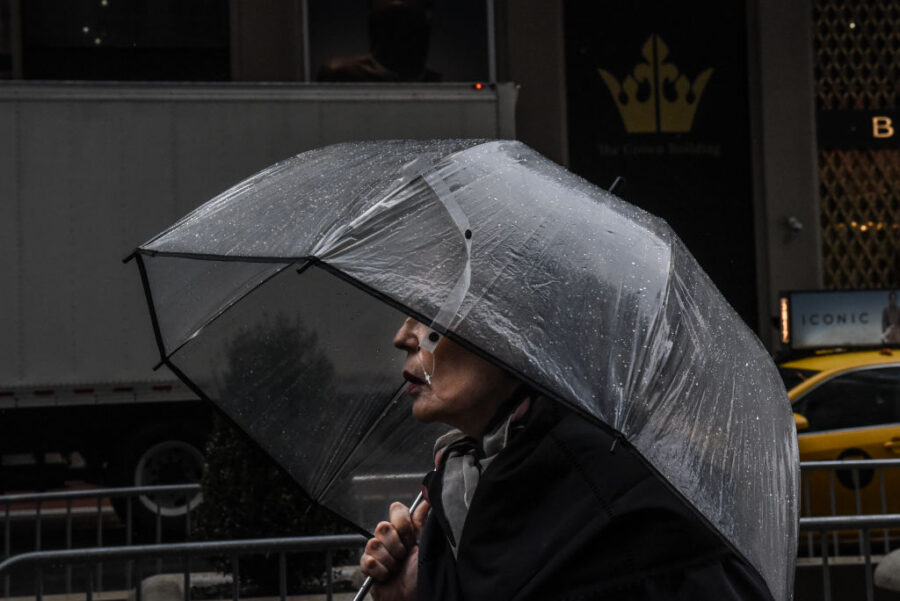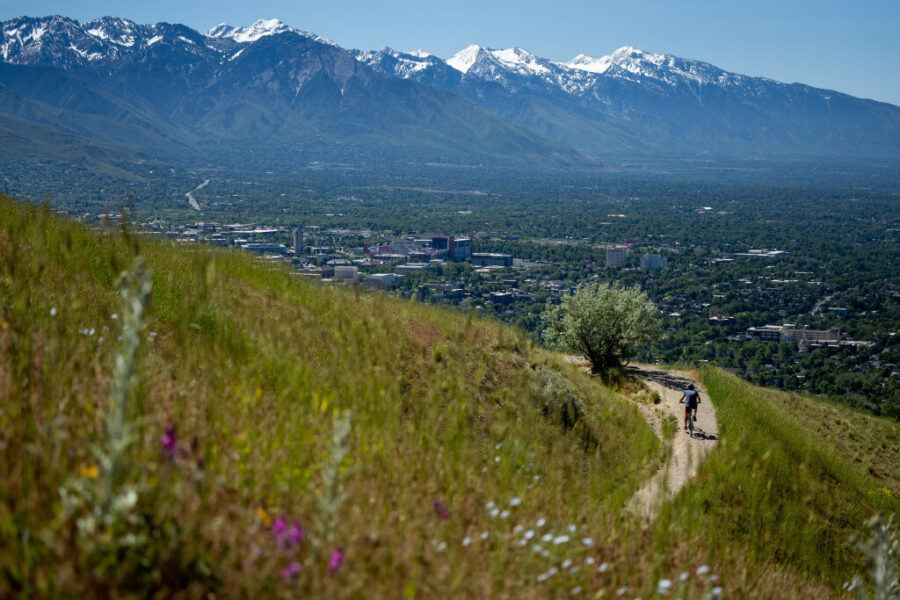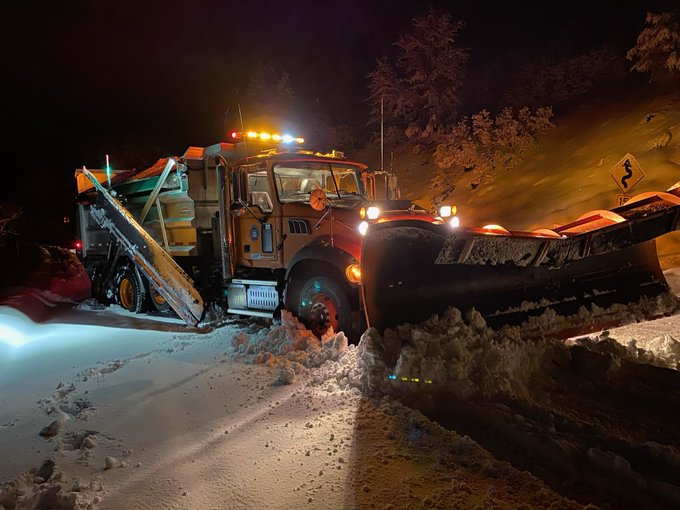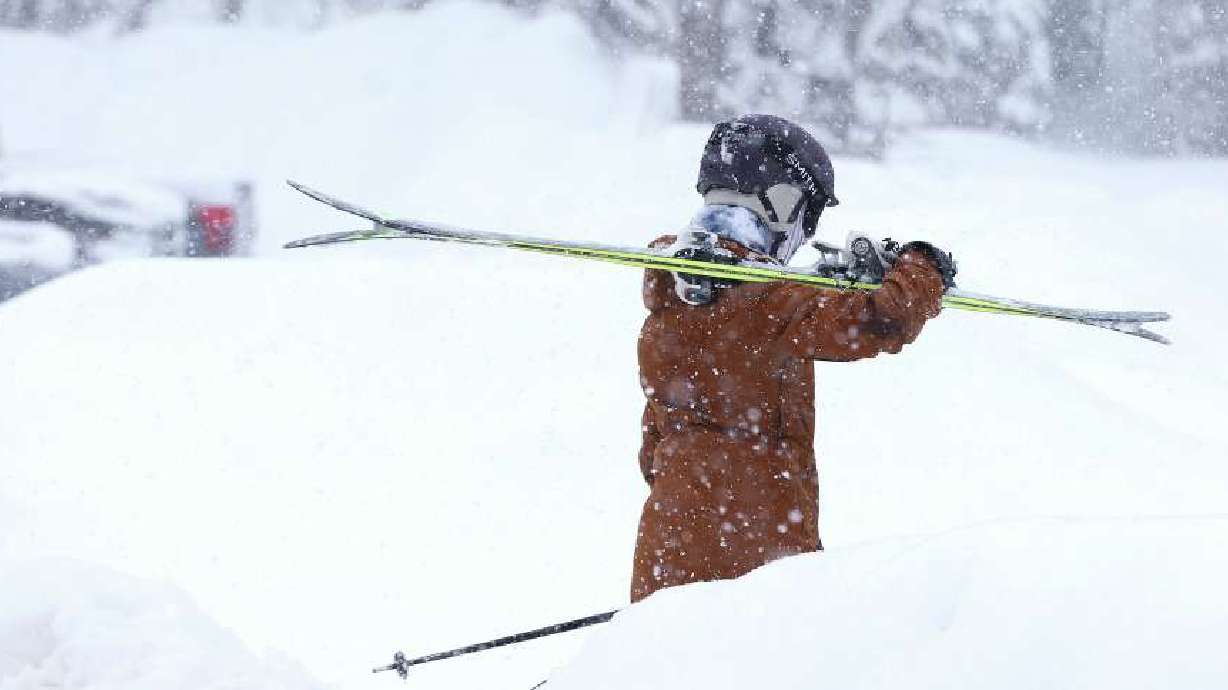Overworked crews continue avalanche cleanup work
Mar 14, 2023, 7:35 PM | Updated: 8:55 pm
SALT LAKE COUNTY — With another wet snowstorm on Utah‘s doorstep, UDOT avalanche crews are ready for another round. They are as busy as they’ve ever been and using up their artillery at an unprecedented pace.
“This is one of the snowiest winters that we’ve had in recent memory,” said John Gleason, UDOT Director of Communications.
Big storms have loaded the slopes with snow, all season long, creating avalanche danger in many areas. Heavy snow increases the risk to roads below.
“This year, we’re seeing snow in places that we usually don’t experience snow, and in those areas that we’re more accustomed to it, we’re seeing much more of it than before,” Gleason said.
Tuesday crews cleaned up naturally triggered avalanches, and avalanches they intentionally triggered themselves in several canyons across the state.
In Daniels Canyon, on US 40, UDOT crews were still cleaning up an avalanche that hit the road Friday. The road was back open Saturday, but there was still a lot of cleanup work to do in order to mitigate the risk to the road.
“In Daniels Canyon, we haven’t had a slide that hit the road since the 1990s,” Gleason said. “So it’s a really uncommon, rare, event.“
A large avalanche in Huntington Canyon has kept SR 31 closed for several days. Crews spent the entire day clearing snow, with a lot more work to do.
“This was a big one,” the communications director said. “We’re considering keeping the road closed until after the next round of storms. So, we could be looking at a closure that lasts the rest of this week.“
Avalanches in Provo Canyon have kept them busy all season, and they were back at work again Tuesday.
Here’s another indication of how busy they’ve been. On a typical year, UDOT closes Little Cottonwood Canyon for avalanche mitigation 12 to 15 times a season. This year they’ve already closed the canyon more than 20 times, and more storms are coming.
“We’ve gone through a season’s worth of mitigation supplies already, and we’ve had to restock in the last few weeks,” he said.
They’ve used all of the artillery shells for the howitzers that they use to trigger slides.
There has not been a lot of downtime for the people who keep the roads safe from avalanches.
“On the days that they’re not doing this avalanche control work, they’re out there working on the equipment. They’re making sure that they’re ready to go for the next round so, every bit of appreciation, they deserve,” said Gleason.














